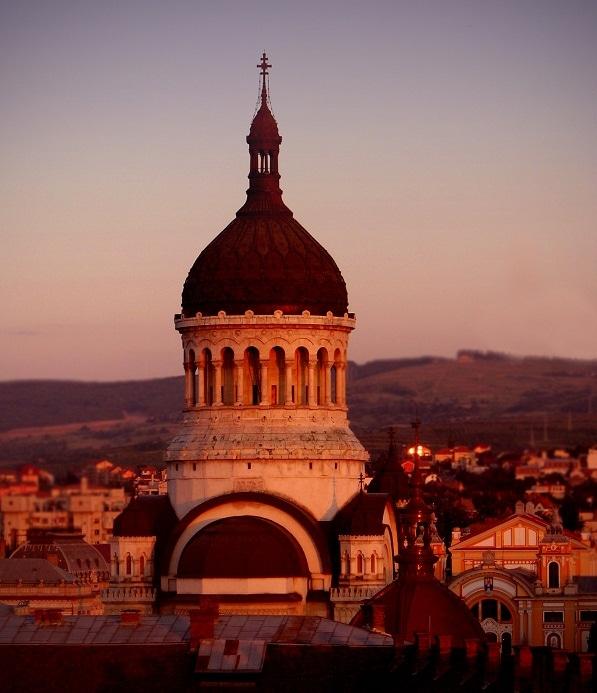Orthodox Metropolitan Cathedral
Removed from Unnamed collection





Source: Glasgow Better Adventure Images may be subject to copyright. Learn More
The Orthodox Metropolitan Cathedral, nestled in Avram Iancu Square, is a striking symbol of faith and architectural beauty in Cluj-Napoca. Officially known as the Romanian Orthodox Mitropoly of Cluj, Alba, Crișana, and Maramureș, this cathedral stands as a testament to Romanian religious and cultural heritage. Built between 1923 and 1933, the cathedral was envisioned by architects Constantin Pompoiu and George Cristinel. It embodies the Romanian stylistic current and is a must-visit for anyone exploring the city.
The church is dedicated to the Assumption, commemorating the day the Romanian Army entered Transylvania on August 15, 1916. This historic connection adds a layer of national pride to its spiritual significance. In 1973, when Cluj's Diocesan See was elevated to an Archiepiscopate, the church took on the grand title of an archepiscopal cathedral.
A significant restoration process began in 1996, breathing new life into the cathedral's exterior, and was completed by 1999. Inside, visitors are greeted with a breathtaking Byzantine painting crafted in the renowned Murano mosaic style. Since 2006, this majestic building has served as the cathedral of the Archiepiscopate of Vad, Feleac, and Cluj, which is also the metropolitan center for Cluj, Alba, Crișana, and Maramureș. While you're in the area, take a moment to appreciate the surrounding square, a lively spot where locals gather. The cathedral's presence adds a serene backdrop to the hustle and bustle, making it a perfect place to pause and soak in both the spiritual and cultural atmosphere of Cluj-Napoca.
 Glasgow Better Adventure
Glasgow Better Adventure  Romania
Romania